Premium Only Content
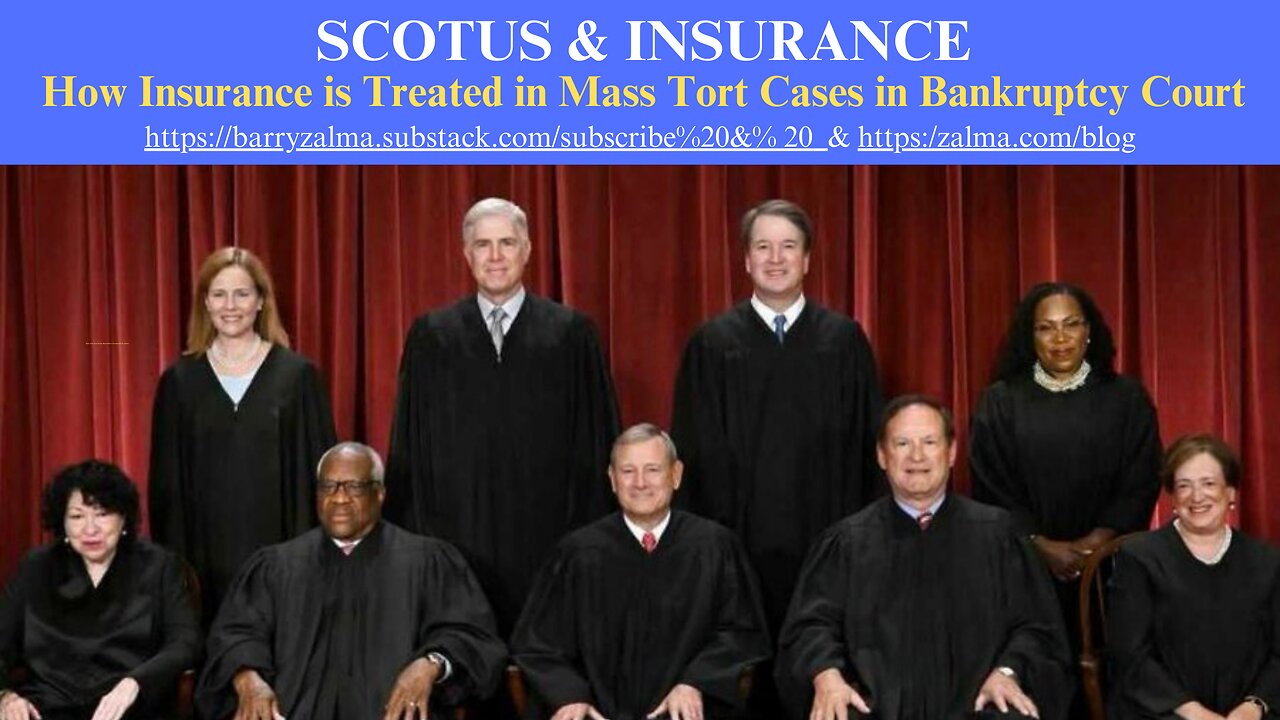
SCOTUS & INSURANCE
How Insurance is Treated in Mass Tort Cases in Bankruptcy Court
Post 4825
Between 1999 and 2019, approximately 247,000 people in the United States died from prescription-opioid overdoses. Respondent Purdue Pharma sits at the center of that crisis. Owned and controlled by the Sackler family, Purdue began marketing OxyContin, an opioid prescription pain reliever, in the mid-1990s. After Purdue earned billions of dollars in sales on the drug, in 2007 one of its affiliates pleaded guilty to a federal felony for misbranding OxyContin as a less-addictive, less-abusable alternative to other pain medications. Thousands of lawsuits followed. Purdue Pharma filed for bankruptcy and attempted to protect the Sackler family from individual tort actions.
Fearful that the litigation would eventually impact them directly, the Sacklers initiated a "milking program," withdrawing from Purdue approximately $11 billion-roughly 75% of the firm's total assets-over the next decade.
Those withdrawals left Purdue in a significantly weakened financial state. And in 2019, Purdue filed for Chapter 11 bankruptcy. During that process, the Sacklers proposed to return approximately $4.3 billion to Purdue's bankruptcy estate. In exchange, the Sacklers sought a judicial order releasing the family from all opioid-related claims and enjoining victims from bringing such claims against them in the future. The bankruptcy court approved Purdue's proposed reorganization plan, including its provisions concerning the Sackler discharge. But the district court vacated that decision, holding that nothing in the law authorizes bankruptcy courts to extinguish claims against third parties like the Sacklers, without the claimants' consent. A divided panel of the Second Circuit reversed the district court and revived the bankruptcy court's order approving a modified reorganization plan.
The Conclusion
In Harrington, United States Trustee, Region 2 v. Purdue Pharma L. P. et al., 603 U.S. __, No. 23-124, United States Supreme Court (June 27, 2024) the Supreme Court of the United States (SCOTUS) Justice Gorsuch writing for SCOTUS found that the bankruptcy code does not authorize a release and injunction that, as part of a plan of reorganization under Chapter 11, effectively seeks to discharge claims against the Sacklers, nondebtors, without the consent of affected claimants.
Insurance & Bankruptcy
The insurance assets-meaning assets to the limits of the debtor's insurance coverage-are usually a key asset for the bankruptcy estate to compensate victims. But tort victims also use the tort of bad faith to allow them to "have direct action rights against the insurance carrier, even, in some cases, bypassing the debtor-insured." That would obviously prevent the insurance money from being used as part of the bankruptcy estate.
To address those various collective-action problems, bankruptcy courts have long found non-debtor releases to be appropriate in certain complex bankruptcy cases, especially in mass-tort bankruptcies.
For example, after A. H. Robins declared bankruptcy in 1985 in the face of massive tort liability for injuries from its defective intrauterine device, the Dalkon Shield, nearly 200,000 victims filed proof of claims. A plan provision releasing the company's directors and insurance company ensured that the estate would not be depleted through indemnity or contribution claims, or claims brought directly against the directors or insurer. Preventing the victims from engaging in "piecemeal litigation" against the non-debtor directors and insurance company was the only way to ensure "equality of treatment of similarly situated creditors." Therefore, the Bankruptcy Court found (and the Fourth Circuit agreed) that the release was "necessary and essential" to the bankruptcy's success. Ibid.; see 880 F.2d, at 701-702.
Protecting Mass Tort Victims from Eating Up all Insurance Proceeds
Without a coordinating mechanism, a victim's (or group of victims') recovery against one local entity could have eaten up all of the shared insurance assets, leaving all of the other victims with nothing.
Bankruptcy provided a forum to coordinate liability and insurance assets. A non-debtor release provision prevented victims from litigating outside of the bankruptcy plan's procedures. And the provision therefore prevented one victim or group of victims from obtaining all of the insurance funds before other victims recovered.
Nothing in what SCOTUS wrote in the opinion should be construed to call into question consensual third-party releases offered in connection with a bankruptcy reorganization plan; those sorts of releases pose different questions and may rest on different legal grounds than the nonconsensual release at issue in this case.
Because this case involves only a stayed reorganization plan, SCOTUS did not address whether SCOTUS' reading of the bankruptcy code would justify unwinding reorganization plans that have already become effective and been substantially consummated. By confining the opinion to the question presented, it held only that the bankruptcy code does not authorize a release and injunction that, as part of a plan of reorganization under Chapter 11, that effectively seeks to discharge claims against a nondebtor without the consent of affected claimants.
Because the Second Circuit held otherwise, its judgment is reversed and the case WAs remanded for further proceedings consistent with this opinion.
GORSUCH, J., delivered the opinion of the Court, in which THOMAS, ALITO, BARRETT, and JACKSON, JJ., joined. KAVANAUGH, J., filed a dissenting opinion, in which ROBERTS, C. J., and SOTOMAYOR and KAGAN, JJ., joined.
ZALMA OPINION
SCOTUS concluded that the Sackler family's scheme to reduce the assets of Purdue Pharma to limit the exposure to their personal assets. The scheme failed and the Purduce Pharma insurers and the Sackler family were not protected by the Bankruptcy proceeding since their liability and assets were different from the corporation that filed bankruptcy.
(c) 2024 Barry Zalma & ClaimSchool, Inc.
Please tell your friends and colleagues about this blog and the videos and let them subscribe to the blog and the videos.
Subscribe to my substack at https://barryzalma.substack.com/subscribe
Go to X @bzalma; Go to Newsbreak.com https://www.newsbreak.com/@c/1653419?s=01; Go to Barry Zalma videos at Rumble.com at https://rumble.com/c/c-262921; Go to Barry Zalma on YouTube- https://www.youtube.com/channel/UCysiZklEtxZsSF9DfC0Expg.
Go to the Insurance Claims Library – https://lnkd.in/gwEYk
-
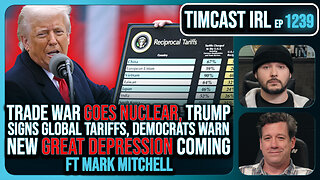 3:08:35
3:08:35
TimcastIRL
5 hours agoTrump Signs GLOBAL Tariffs, Trade War Goes NUCLEAR As Market TANKS w/Mark Mitchell | Timcast IRL
199K73 -
 LIVE
LIVE
Alex Zedra
3 hours agoLIVE! New Stream Room!!!
653 watching -
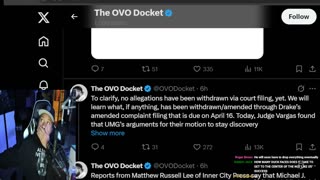 LIVE
LIVE
Akademiks
3 hours agoDay 1/30 Kanye West Interview Part 2 OTW. Young Thug Probation REVOKED? Lil Baby Putting Hits on Ppl
4,069 watching -
 1:10:48
1:10:48
Man in America
9 hours agoPam Bondi Wants the DEATH PENALTY—But Was Mangione FRAMED? The Evidence Will SHOCK You
37K20 -
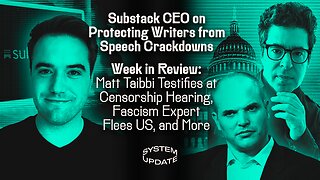 1:30:51
1:30:51
Glenn Greenwald
7 hours agoSubstack CEO on Protecting Writers from Speech Crackdowns; Week in Review: Matt Taibbi's Censorship Hearing Testimony, Fascism Expert Flees the U.S., and More | SYSTEM UPDATE SHOW #433
142K86 -
 10:57:58
10:57:58
Dr Disrespect
13 hours ago🔴LIVE - DR DISRESPECT - PGA TOUR 2K25 - ONLINE RANKED UNDEFEATED
160K23 -
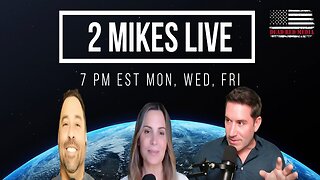 1:59:49
1:59:49
2 MIKES LIVE
9 hours ago2 MIKES LIVE #200 It's our 200th Show with guests Paul Kanitra and Dan Nunn!
54.7K8 -
 21:41
21:41
JasminLaine
5 hours agoCarney HUMILIATED—Danielle Smith DESTROYS 'Garbage Polls' & Trump RUINS His Plan
57.2K23 -

Film Threat
7 hours agoSUPERMAN! DISNEY! DRAGONS! LIVE FROM CINEMACON! | Film Threat After Dark
18.3K1 -
 LIVE
LIVE
DoomGnome
9 hours agoAdventures with DoomGnome: Fable Anniversary, REDUX Mod + Others, ROAD TO 500!
118 watching